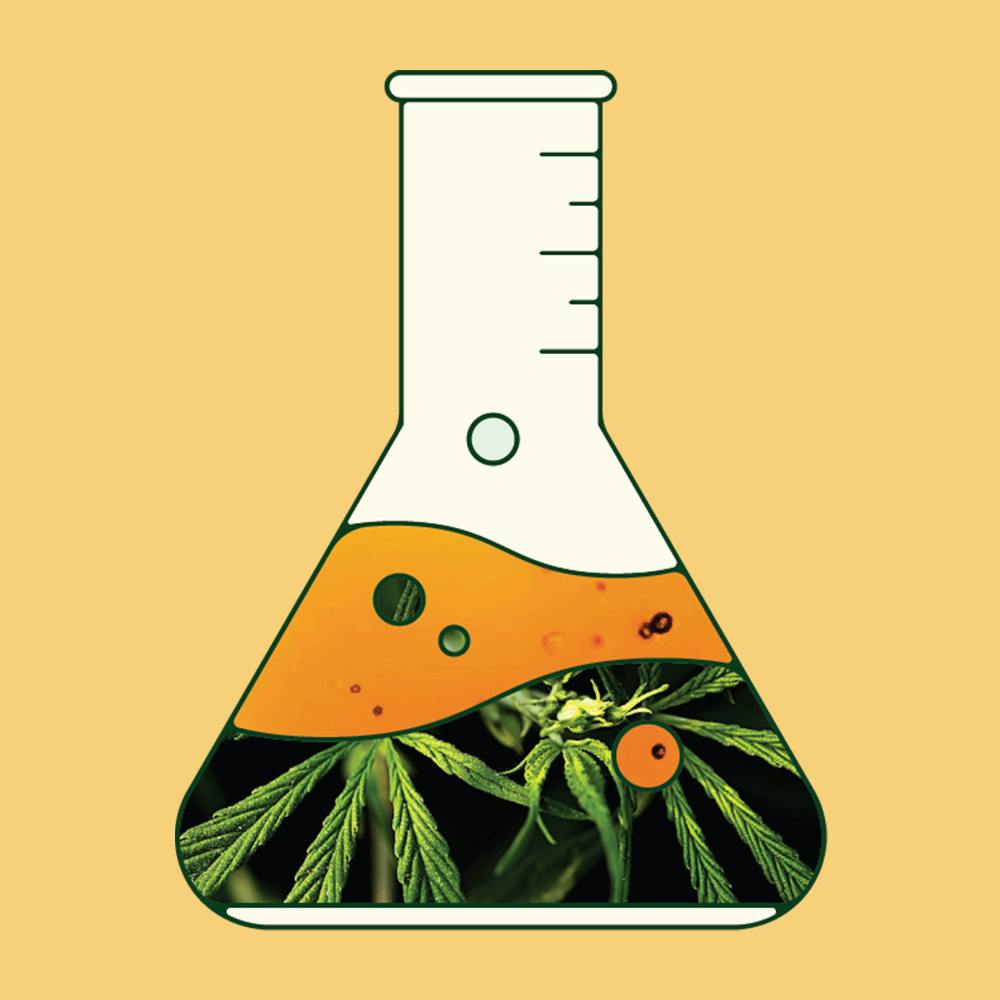Here at Daye, we take our position as a female health innovator very seriously and aim to be as transparent as possible with our audience.
I wanted to personally update you and share more detailed information on the journey we went on when developing the CBD tampons and give the reasons as to why we had to conduct animal testing.
Human clinical validation
At Daye, we began the clinical validation of our CBD tampons with human volunteers. As CBD has a widely recognised safety profile, and cannabinoids have a lengthy history of being used for gynecological pain, we never even considered the need for animal studies.
During the initial placebo-controlled, human volunteer validation of the CBD tampon, there were no clinically significant side effects reported. This reassured us to proceed with setting up production and submitting our product documentation to regulators.
Regulatory requirements for animal testing
During conversations with regulatory bodies in both Europe and the US, we realised that our CBD tampon did not fit within any existing regulatory categories.
As many of you know, tampons are not considered medical devices in Europe, which means there are no stringent production or testing standards.
Cannabinoid products are also very novel and regulators are yet to establish guidelines for the production and testing of CBD. This meant we had to set up our own standards of production, validation and batch testing, which was a challenging task!
When we started conversations with The Food and Drug Administration, a federal agency in the United States otherwise know as the FDA, we realised their guidelines for novel medical devices include animal testing for toxicity, vaginal irritation, skin sensitisation (to ensure the product does not cause allergic reaction) and material mediated pyrogenicity (to ensure it doesn’t cause fever).
We were saddened when we learned that these tests could only be performed on animals—not human volunteers—and were particularly shocked to find out that the majority of tampons on the market today are tested on animals.
European-made tampons are also sold in the US, which meant that we had to comply with FDA regulations. We immediately started looking for alternatives and tried our best to convince regulators to let us proceed without animal tests, but unfortunately we were required to perform animal studies by law.
How we fought against animal testing
We also started working with a company called Printivo to try and develop an artificial vaginal canal and mucosa—this is a long-term project, which is still underway.
Lastly, we’re in the final stages of developing an artificial vaginal fluid with Prof. Simon Gaisford from University College London. We’ve made the decision to open source the artificial vaginal canal and vaginal fluid, so future female health companies can have access to them for their own product trials and not have to conduct animal testing.
What the animal tests included
For the vaginal irritation study, the lab that performed the study worked with white rabbits. The tampon was processed with sesame oil, creating a solution that was administered to the rabbits via a catheter, which was attached only once. The rabbits did not suffer any irritation, vaginal discharge, or any other symptoms, which would indicate pain. Regrettably, the rabbits were put to sleep at the end of the study. This is because labs are legally required to put animals to sleep at the end of each study.
For the skin sensitisation study, the lab that performed the study worked with mice. An extract from the tampon was prepared and applied to the tips of the mice’s ears. During the study, no signs of toxicity or irritation were observed and no test item residue found on the animals. The mice were also put to sleep at the end of the study, in order to comply with legal requirements and regulations.
The two animal studies we conducted were to ISO10993 standards, which include clear guidelines for the humane treatment of lab animals.
A note on the cruelty-free label
As many of you know, transparency is a core value for us here at Daye. This is why we’re sharing the ins and outs of our studies in such detail. We will never compromise on transparency, as we believe consumers deserve to know the exact history of the products they use.
This is why we want to clarify that all new products—whether they are novel mascara ingredients, or paracetamol when it was first developed, probiotics, contraception, or antibiotics—are always tested on animals first.
This means that when you see a product branded as cruelty-free, it doesn’t mean that the ingredients it’s made of are cruelty-free. For example, if an eye cream is branded as cruelty-free, it can still contain a formula that has previously been tested on animals.
Going forward
It’s important to reiterate that these were one-off tests, which are required by regulators to ensure consumer safety with the long term use of new medical products.
We take our responsibility to consumer safety extremely seriously, while also fully appreciating the need for innovative companies like ours to fight for the minimisation of animal studies.
We will not be repeating any of these studies, and will continue working with regulators on minimising the need for animal testing and highlighting the work that companies like Labskin and Printivo do.
We fully appreciate the morally questionable nature of animal testing and would like to continue working with our community and subscribers to 1) find a way to compensate the impact of the studies we were forced to do, and 2) change regulations further so animal testing is minimised.
We’re going to achieve our second goal by continuing to invest in R&D, such as our ongoing investment in developing an artificial vaginal canal and artificial vaginal fluid.
As always at Daye, your feedback is welcome.
—Valentina Milanova, founder of Daye





